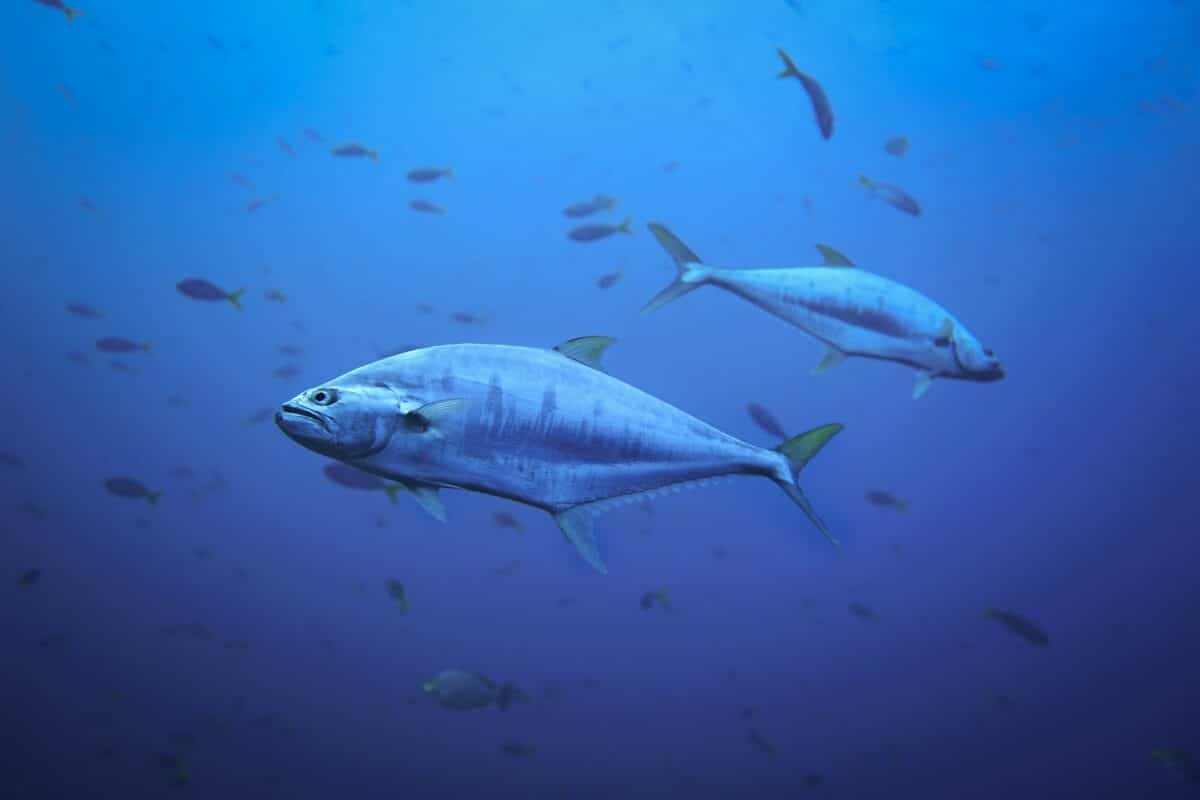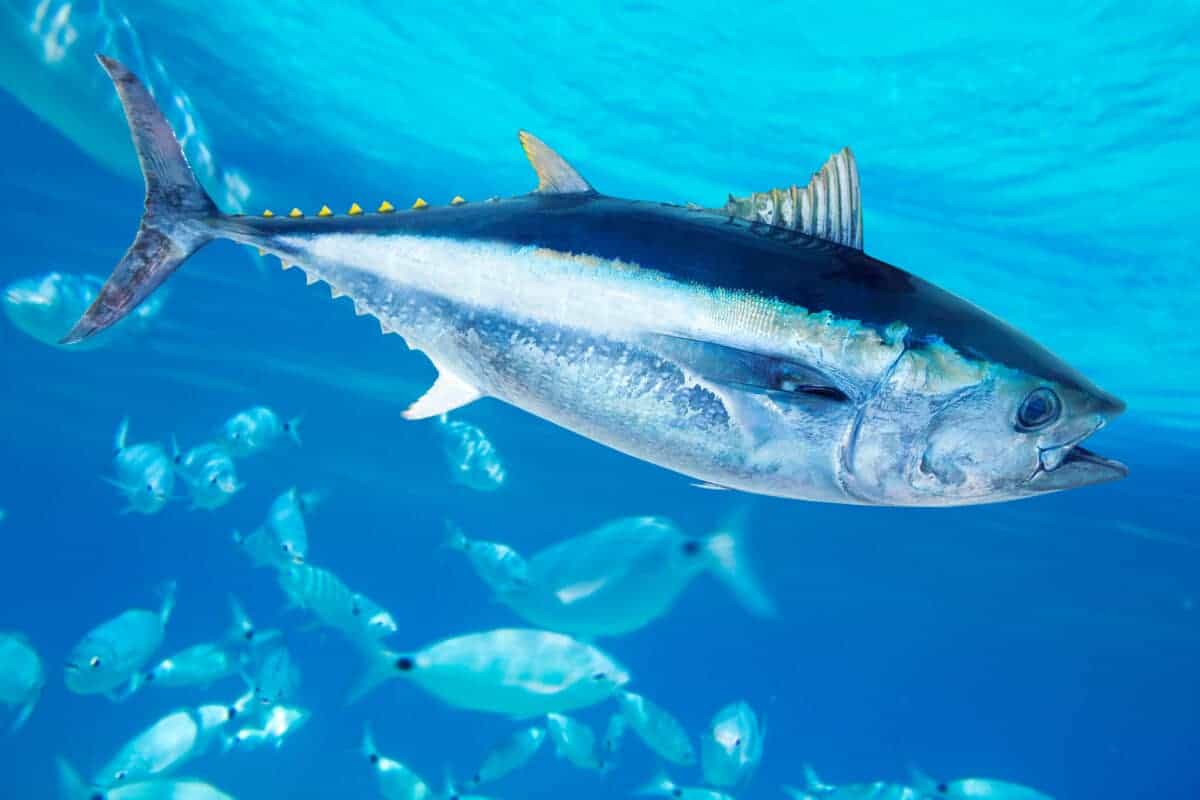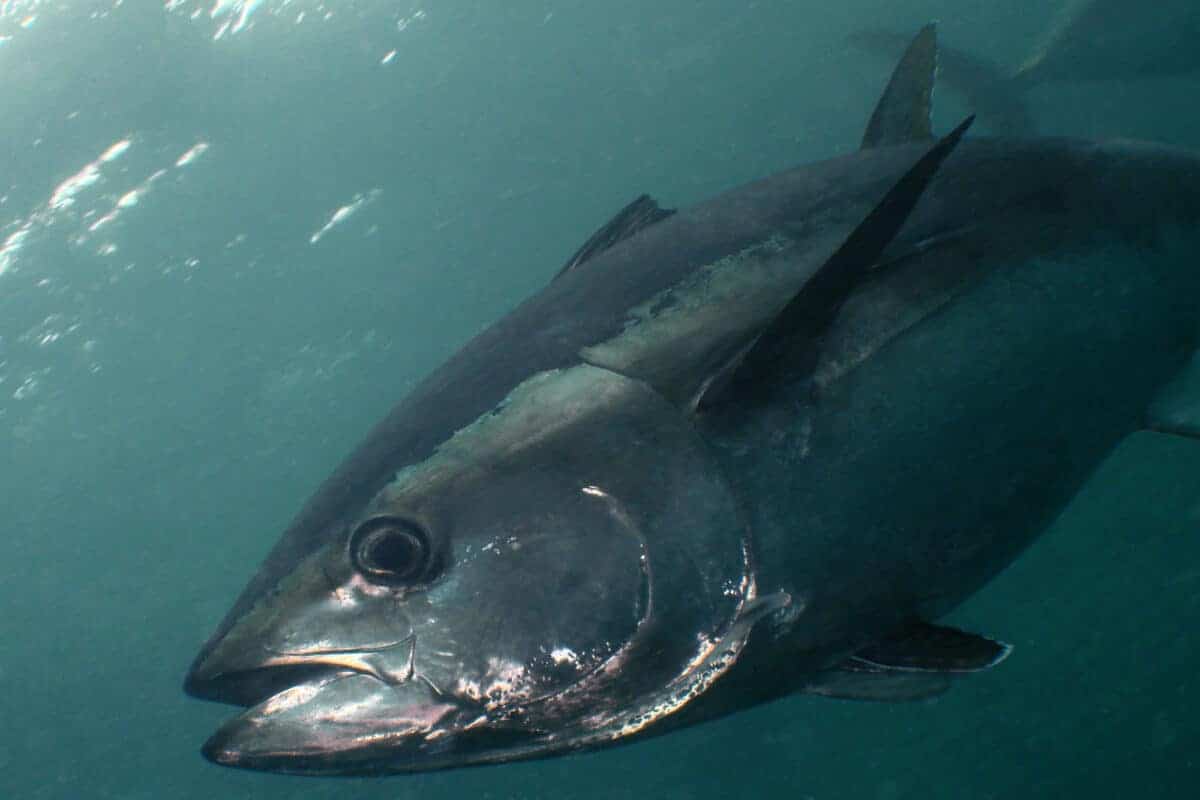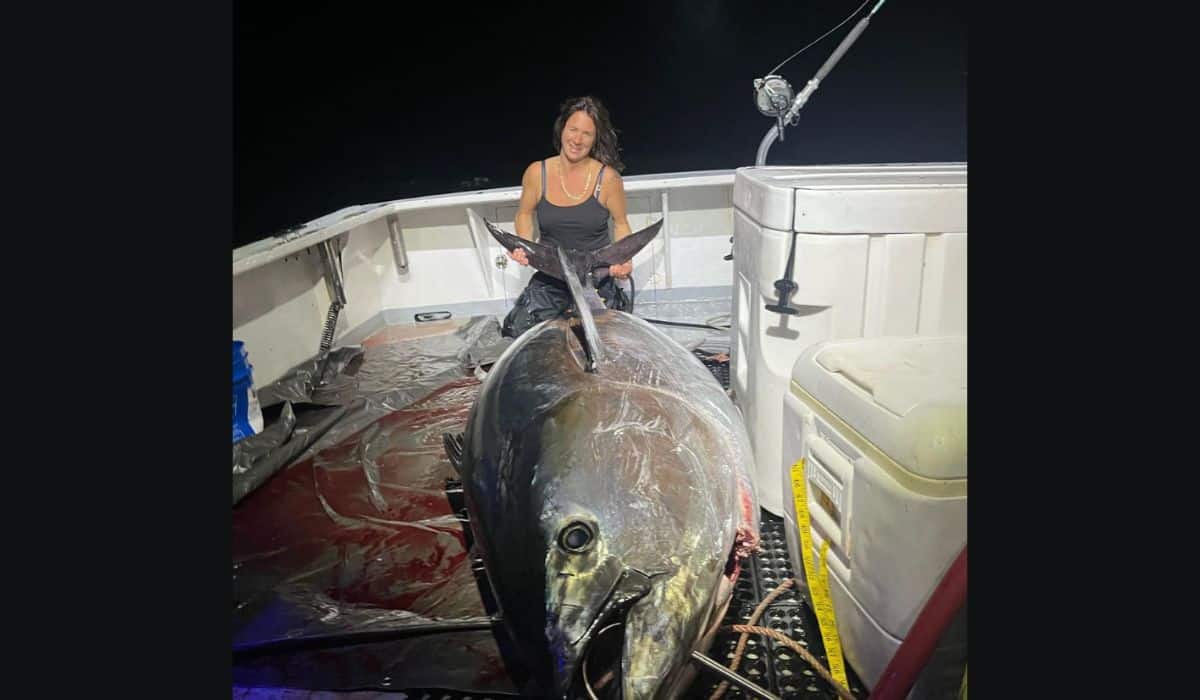Fishing has long been a cherished American pastime, often regaling both anglers and onlookers with the thrill of the chase and the excitement of the catch. Among the numerous species sought after, tuna stands out prominently for its immense size and remarkable strength. One unforgettable event etched in the annals of fishing history is the reeling in of the largest tuna ever caught in U.S. waters. This awe-inspiring catch continues to capture imaginations, not only for its sheer size but also for the skill and determination required to land such a behemoth of the deep sea.
The Legendary Bluefin Tuna

The tale of the largest tuna caught begins with the Atlantic bluefin tuna. Known for its impressive size and speed, the bluefin is the grand prize among tuna enthusiasts. It dominates the chilly waters of the North Atlantic, often weighing hundreds of pounds and capable of reaching speeds of up to 40 miles per hour. Their torpedo-shaped bodies are a testament to nature’s engineering, designed for swift and agile movement through vast oceanic expanses.
Record-Breaking Catch

The largest tuna ever caught was landed off the coast of Nova Scotia by angler Ken Fraser on October 26, 1979. This colossal fish weighed an astonishing 1,496 pounds, measuring over 12 feet in length. Such an accomplishment set a benchmark that has yet to be surpassed in U.S. waters, further fueling the fervor around big game fishing.
A Battle of Endurance

Catching such a massive tuna is not just a matter of strength but also endurance and technique. The fight with Fraser’s giant bluefin spanned hours, where each party—man and fish—tested the limits of their endurance and willpower. The angler must use carefully honed skills, alongside top-notch equipment, to effectively land a creature of this magnitude.
Equipment Used

Reeling in the largest tuna necessitated the use of specialized gear. Heavy-duty rods and reels, reinforced lines, and expert craftsmanship come into play. The choice of bait is equally critical, often replicating the tuna’s natural prey. This combination of technology and angling experience underscores the complexity and beauty of fishing for these leviathans.
The Significance of Tuna to Ecosystems

Beyond the sport, tunas are pivotal to marine ecosystems. As apex predators, they help maintain the population balance of their prey, ensuring healthy and diverse ocean habitats. The presence of large tunas indicates a thriving ecosystem, essential for the health of global marine environments.
Conservation Efforts

With the rise in commercial fishing, bluefin tuna populations have faced significant threats over the decades. Conservation groups and fishing organizations advocate sustainable practices and quotas to preserve these magnificent creatures for future generations. Understanding the fragility of tuna populations is crucial for balancing economic interests with ecological responsibility.
Impact on the Fishing Community

The record catch has had a lasting impact on the fishing community, igniting further interest and participation in competitive fishing. It has also set a standard for accountability in tracking and recognizing monumental catches. Such achievements inspire novice anglers and veteran fishermen alike to explore the rich opportunities that marine environments offer.
Cultural Significance

In many cultures, tuna is more than just a trophy. It holds culinary importance, celebrated in cuisines from sushi to grilled delights. The conquest of the largest tuna thus resonates not only in sports circles but also in the broader cultural appreciation for the bounty of the sea.
Economic Implications

Commercially, tuna fishing is a lucrative industry that supports numerous coastal communities. The market value of tuna, especially rare and large specimens, can reach formidable sums, driving an economic engine that extends from local fishers to international markets.
Technological Advances in Tuna Fishing

Over the years, technological advances have revolutionized tuna fishing, enhancing precision and sustainability. Technologies such as GPS, fish finders, and sonar devices have increased efficiency while simultaneously helping manage and protect fish populations more effectively.
A Perspective on Sport Fishing

Sport fishing is more than just a pursuit of leisure; it’s a connection between humans and nature, focused on respect and admiration for marine life. The feat of landing the largest tuna ever caught serves as a reminder of this delicate balance, highlighting the shared responsibility of multiple generations to treasure and sustain our ocean resources.
The story of the largest tuna ever reeled in from U.S. waters is a testament to human endeavor and the mysteries that lie beneath the ocean’s surface. This record catch continues to inspire respect for the sport, the fish, and the ecosystems they inhabit. As we celebrate such triumphs, we are reminded of our ongoing duty to protect and preserve the majesty of the marine world for future generations to come.
- 13 Sea Creatures That Glow in the Dark - August 20, 2025
- 10 Creatures That Can Survive in the Harshest Places on Earth - August 19, 2025
- This Whale Sings in a Unique Pitch - August 19, 2025

